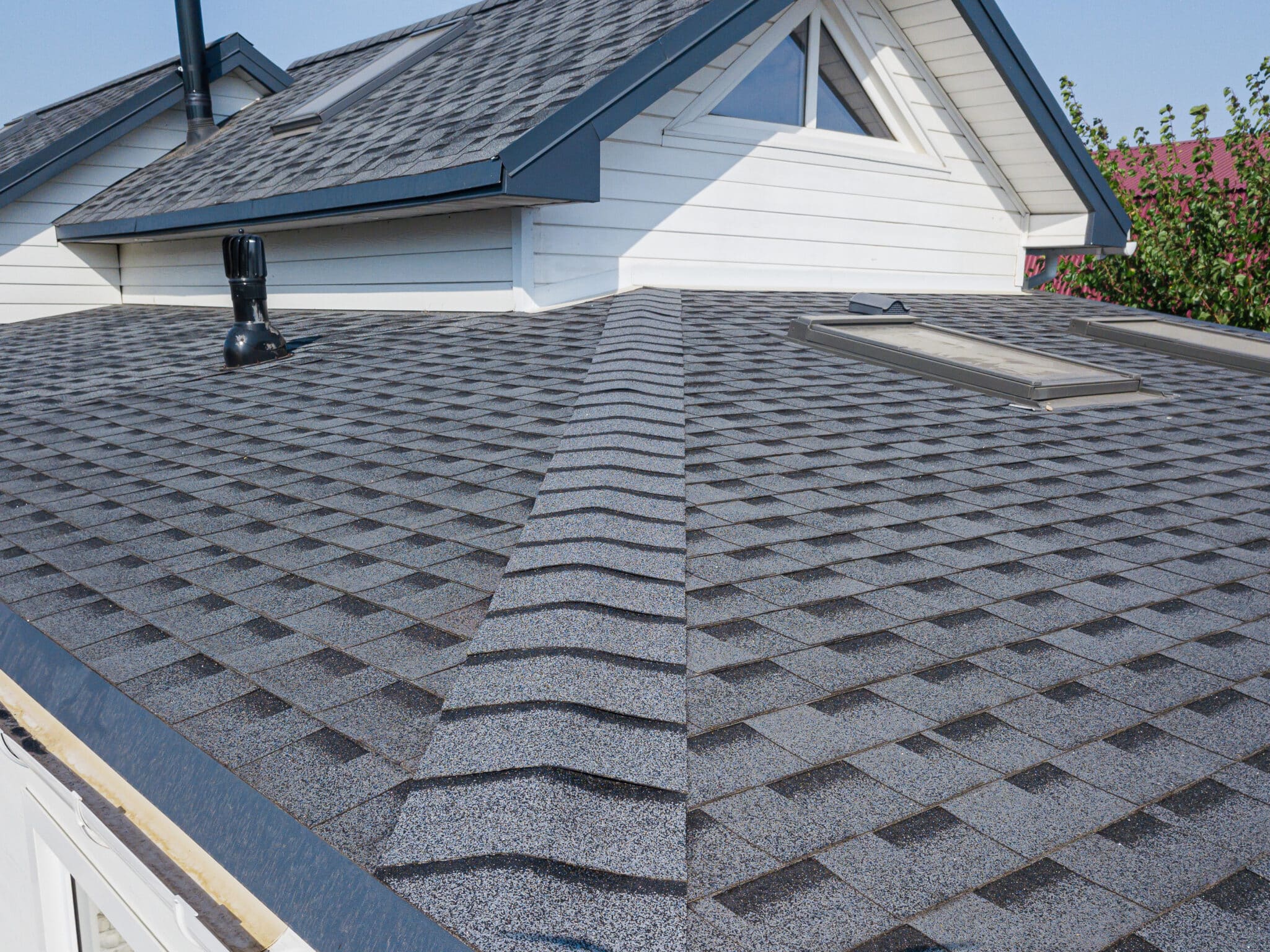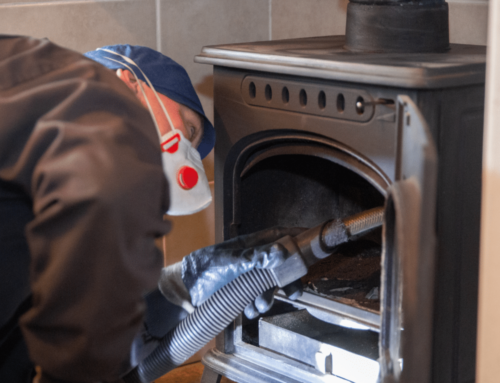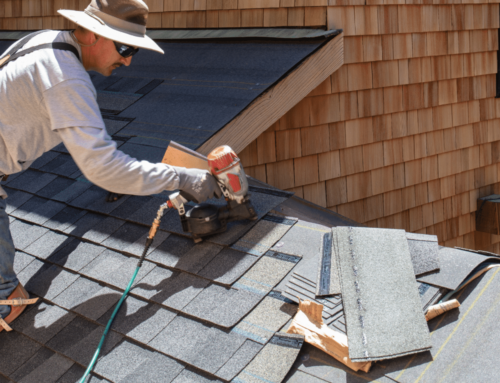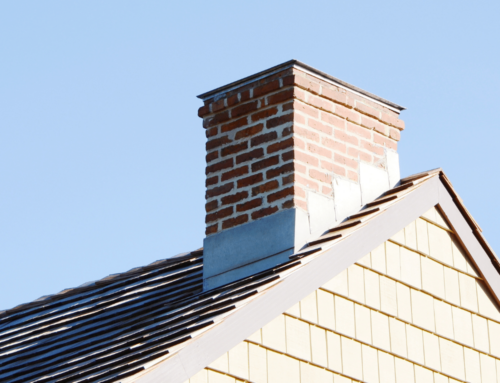Installing a new roof is a significant investment in your home’s protection, functionality, and aesthetic appeal. Whether you’re building a new house or replacing an existing roof, it’s crucial to understand the ins and outs of the roofing installation process. In this comprehensive guide, we’ll take you through the essential steps and considerations involved in roofing installation.
- Planning and Preparation:
- Determine the roofing material: Choose the type of roofing material that best suits your needs, such as asphalt shingles, metal, tile, or slate.
- Obtain necessary permits: Check with local authorities to determine if any permits or approvals are required for your roofing project.
- Hire a professional contractor: Engage a reputable roofing contractor with experience in installing the type of roofing material you’ve chosen.
- Roof Inspection and Assessment:
- Assess the condition of the existing roof: If you’re replacing an old roof, conduct a thorough inspection to identify any underlying issues, such as leaks, rot, or structural damage.
- Evaluate the roof’s structural integrity: Ensure that the roof’s structure can support the weight of the new roofing material.
- Check for proper ventilation: Adequate ventilation is essential for maintaining the longevity of your roof and preventing issues like moisture buildup and mold growth.
- Roofing Material Selection:
- Consider the climate: Choose a roofing material that can withstand the local weather conditions, such as wind, rain, snow, or extreme heat.
- Evaluate durability and lifespan: Different roofing materials have varying lifespans and durability levels. Consider the longevity and maintenance requirements of each option.
- Budget considerations: Determine the cost of materials and installation to ensure it aligns with your budget.
- Roofing Installation Process:
- Remove the existing roof (if necessary): If you’re replacing an old roof, the contractor will remove the existing roofing materials, inspect the roof deck, and make any necessary repairs.
- Install underlayment: The underlayment acts as a waterproof barrier between the roof deck and the roofing material.
- Install flashing: Flashing is placed around roof penetrations, such as chimneys, skylights, and vents, to prevent water infiltration.
- Install the roofing material: Following the manufacturer’s guidelines, the contractor will install the chosen roofing material, whether it’s shingles, metal panels, tiles, or other options.
- Ensure proper ventilation: Install vents and exhaust fans as needed to promote proper airflow and ventilation within the attic space.
- Secure gutters and downspouts: Install or reattach gutters and downspouts to ensure proper drainage of rainwater.
- Quality Assurance and Inspection:
- Conduct a thorough inspection: Once the roofing installation is complete, inspect the roof for any visible defects, ensure proper installation of flashing and sealing, and check for any loose or damaged materials.
- Address any issues: If any problems or concerns are identified during the inspection, notify the roofing contractor to rectify them promptly.
- Obtain warranties and documentation: Keep records of warranties for both the roofing materials and the installation work for future reference.
- Ongoing Roof Maintenance:
- Regularly inspect the roof: Conduct routine inspections to identify and address any potential issues early on.
- Clean gutters and downspouts: Regularly clean and maintain gutters and downspouts to ensure proper water drainage and prevent clogging.
- Trim overhanging branches: Trim any tree branches that overhang the roof to prevent damage from falling branches or debris.
- Schedule professional maintenance: Consider scheduling periodic professional roof inspections and maintenance to prolong the lifespan of your roof.
A successful roofing installation requires careful planning, selection of suitable materials, and professional execution. By following the steps outlined in this guide and working with an experienced roofing contractor, you can ensure a well-installed roof that provides optimal protection and enhances the beauty and value of your home. Remember to prioritize regular maintenance and inspections to keep your roof in top condition for years to come.





